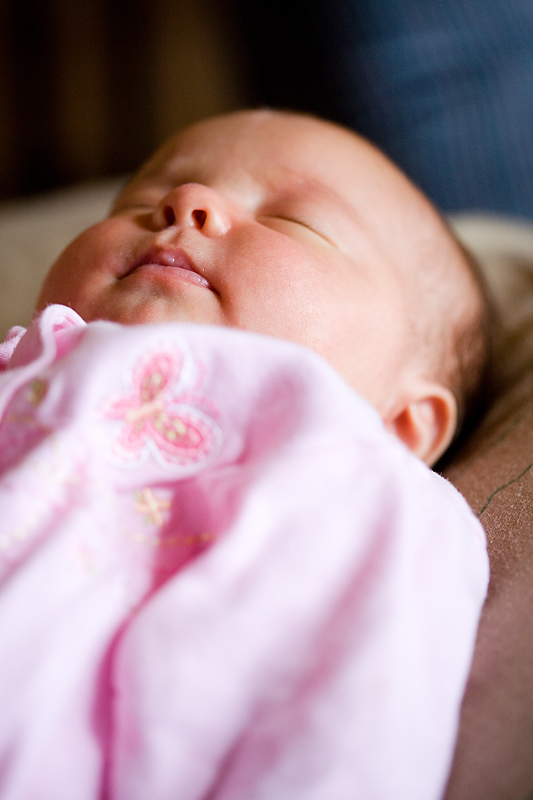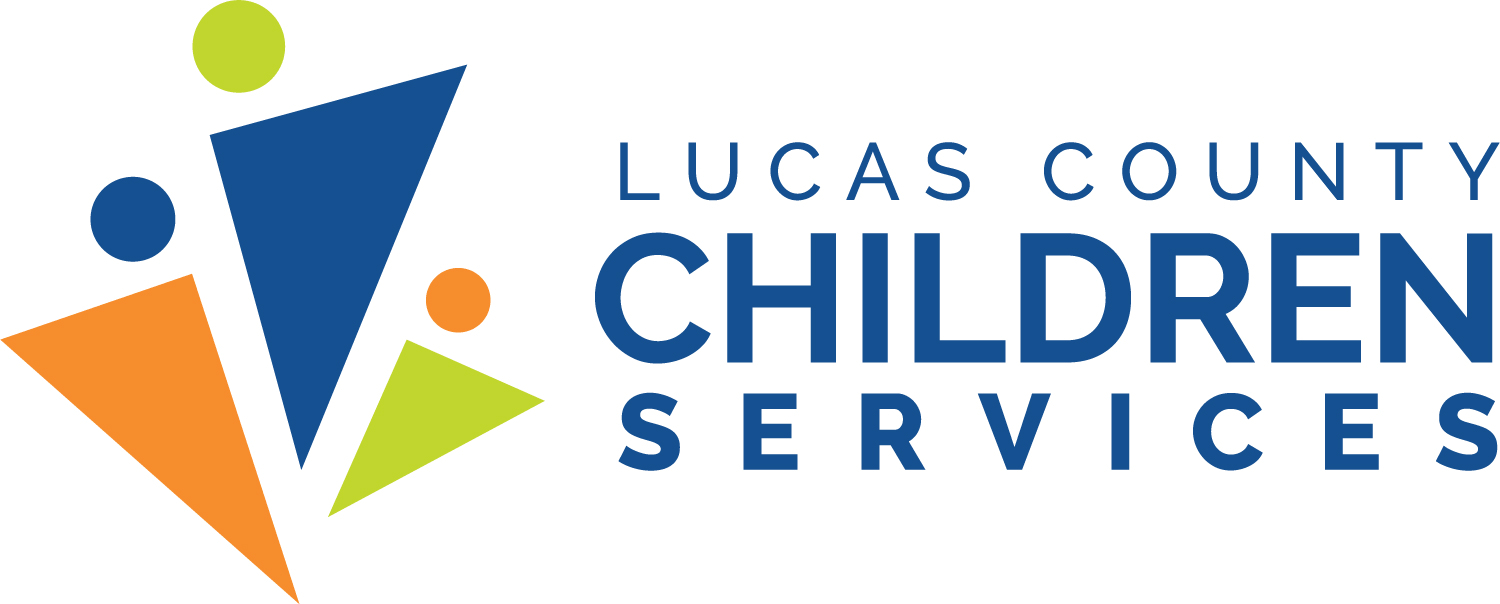Safe Sleep
 Establishing good sleeping habits are important for your baby’s physical and emotional well-being. An important factor is the sleeping environment. There is no one sleep space that can guarantee a baby’s safety, but there are ways to lower risk. The leading cause of death for children in their first year of life is Sudden Infant Death Syndrome, or SIDS. Both you and your baby’s caregivers need to know the ways to best protect your infant.
Establishing good sleeping habits are important for your baby’s physical and emotional well-being. An important factor is the sleeping environment. There is no one sleep space that can guarantee a baby’s safety, but there are ways to lower risk. The leading cause of death for children in their first year of life is Sudden Infant Death Syndrome, or SIDS. Both you and your baby’s caregivers need to know the ways to best protect your infant.
Your Baby Will Be Safest if you Follow These Guidelines:
- Lay the baby on his/her back, never on his/her stomach.
- Keep the baby on a firm mattress in a safe, empty crib.
- Keep the room smoke-free.
- The room should be between 68-72º F.
- The baby should be in a one-piece sleeper or sleep sack with nothing over him/her.
- A responsible adult should be in the same room or nearby.
- Keep pillows and stuffed animals out of the baby’s sleeping area.
- Do not place your baby in bed with you or in any adult bed.
How Do I Know if I Have a Safe Crib?
Your crib should:
- Be sturdy, without cutouts in the headboard or footboard.
- Be well-maintained.
- Have a firm mattress that tightly fits the headboard and footboard with no gaps.
- Have a tight-fitting sheet and mattress pad.
- Have no missing slats and the slats should not be farther apart than a soda can.
- Have no pillows, bumper pads, stuffed toys, quilts, blankets.
- Have no corner posts.
- Never allow your baby to sleep on a couch, chair, bean bag, waterbed, featherbed, futon, recliner, or adult bed.
- Keep other children and pets out of the sleeping area as well.
Other Resources
What Does a Safe Sleep Environment Look Like?
Safe Sleep for Your Baby – General Brochure
Safe Sleep for Your Baby – Diverse Cultures
SIDS prevention information from the Ohio Department of Job and Family Services
